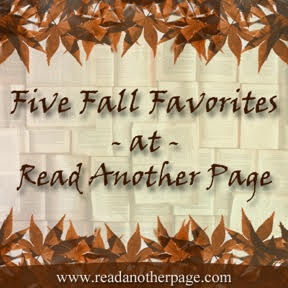Hi everyone! It's been a while since I've been on this blog, but of course I haven't stopped reading or writing. Today I have news to share from an author friend of mine, Mary L. Hamilton. Her latest novel, Worthless Treasures, is up for preorder! I had the privilege of reading an advance copy and loved it. Read on for my review at the end of this post.
Preorder link: Amazon
Find on Other Retailers
About the Book
Professional organizer Diamond Lange helps clients declutter their homes and let go of what no longer serves them. But when her mother, Eva, suddenly passes away, Diamond is left with a house overflowing with junk and a promise she regrets making.
Although Diamond considers everything in her mother's house trash, Eva left behind a very specific list of five seemingly worthless objects—a piano, a rag doll, a ceramic vase, a vintage necklace, and a star painting. Eva requested these items be passed on to others who will cherish them as much as she did.
At a time when Diamond questions her own self-worth, she sees little value in the items on the list. Who in the world would accept—much less appreciate—a piano that will always be out of tune, a doll that’s lost half its hair, or any of the other worthless items on Eva’s list? But to assuage her guilt, and Eva's perceived disappointment in her, Diamond determines to honor her mother’s last wishes, commencing an emotional journey through dusty memories and buried regrets.
The unexpected arrival of an old flame, the threat of her childhood home being demolished, and a child’s urgent health problem force Diamond to consider what truly matters. Worth isn’t always calculated in dollars and cents. Sometimes it's measured with the heart.
Worthless Treasures will resonate with readers who love stories of self-discovery and the beauty of finding meaning in the unexpected. The included Discussion Guide makes this poignant, heartfelt novel about family, memories, and the value we place on the things we leave behind a must for book clubs.
About the Author
Mary L. Hamilton began her novel-writing career with a series of novels for young teens and tweens. The Rustic Knoll Bible Camp series is set at a Christian youth camp, much like the camp where she grew up in southern Wisconsin. More recently, she has turned to writing adult mystery/suspense. She released her first mystery, Pendant, under the name M L Hamilton, but has since gone back to using her full name.
Mary initially wrote inspirational articles and a few devotional pieces. She also published a Christmas play titled, "Homespun Angel," before turning to novels.
When not writing, Mary enjoys knitting, spending time with her family, and a little amateur photography. You can see some of her work on Instagram where her handle is @maryhamiltonbooks.
She and her husband make their home in Texas.
You can find more about Mary at www.maryhamiltonbooks.com. Her facebook author page can be located here: www.facebook.com/maryhamiltonbooks.
My Review
It's amazing how the subject of clutter and hoarding can become a heartfelt novel about family and true worth that tugs at your emotions and absorbs you in a page-turning story. It's very relatable; most of us have dealt with either our own clutter or family members' clutter. No matter how we relate to it, sifting through possessions is something many of us have done. This novel explores the emotions attached to that process, but in a deep way that never loses sight of characters or plot.
I liked all of the characters; they were realistic and sympathetic. Di, the protagonist, has to confront past hurts as she cleans out her mother's house. Eva, her artistic, eccentric mother is living only at the beginning but still permeates the whole book, like our loved ones who have passed on but remain alive in our memories. Lyndee Rae, who unexpectedly becomes a life-changing friend to Di, is raising a daughter in need of a heart transplant. Many other characters, each unique, bring their own contributions to the story.
The story packed a lot in a short amount of space—I found it hard to put down. Oh, and a bonus: it was set in Waco, my old stomping grounds. :) In conclusion, I love a good, clean story that tugs at your heart but leaves you with warmth and hope. Worthless Treasures fits that to a T!
(I received an advance copy of this book from the author. I was under no obligation to post a positive review.)
.jpg)





















